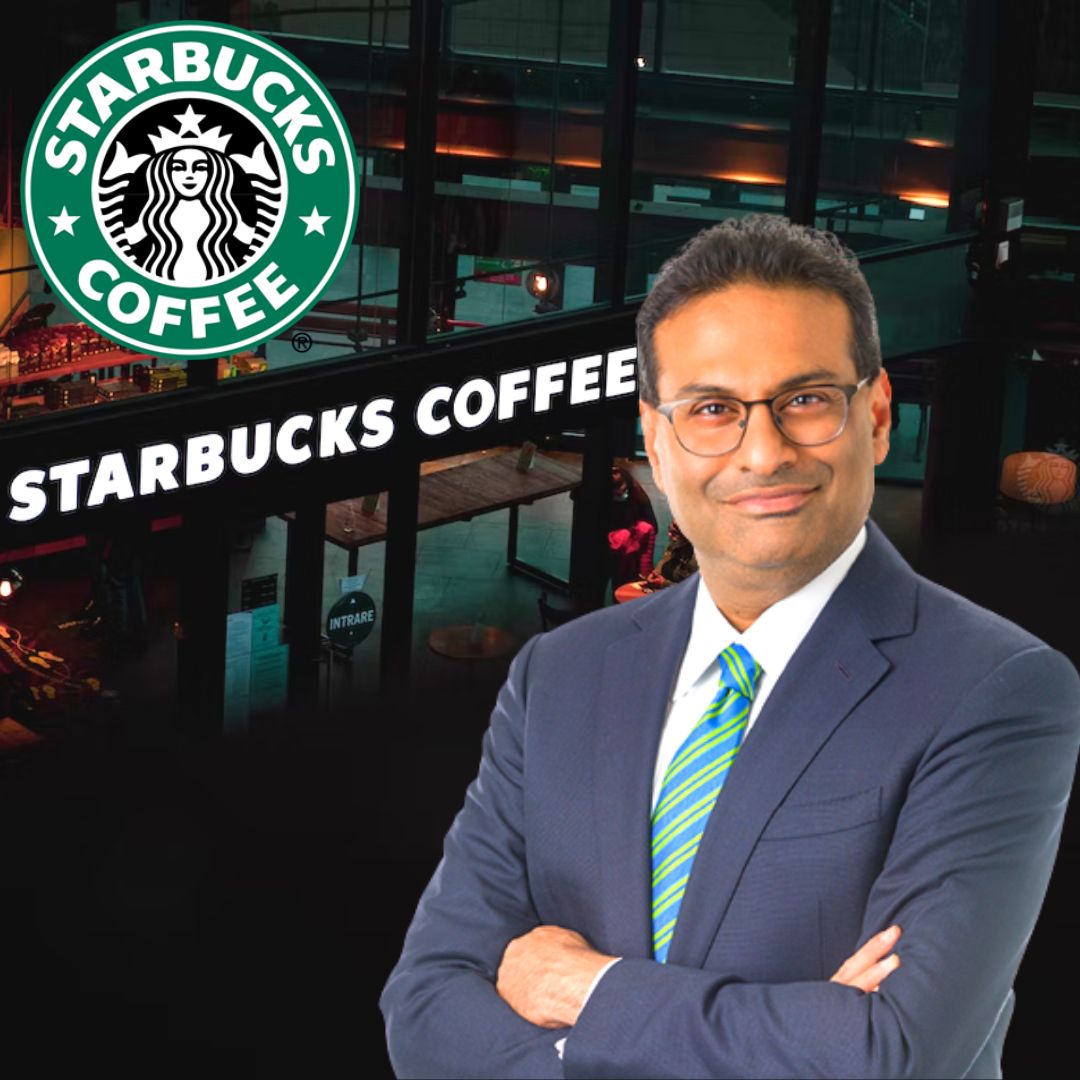Howard Schultz’s Leadership Journey: Ceo Of Starbucks

Howard Schultz’s leadership journey is a captivating story of vision, determination, and the transformative power of a simple cup of coffee. From his humble beginnings to becoming a global icon in the coffee industry, Schultz’s story offers invaluable insights into building a successful business and fostering a thriving culture.
Early Career and Vision
Schultz’s early career was marked by a strong work ethic and a passion for entrepreneurship. He began his professional journey in Xerox, where he quickly rose through the ranks, demonstrating his ability to connect with customers and build strong relationships. In 1982, Schultz’s path crossed with Starbucks, a small Seattle-based coffee roaster, when he was hired as director of marketing and operations. He was immediately captivated by the company’s unique atmosphere and the passionate commitment of its founders to delivering high-quality coffee. However, Schultz envisioned a much grander future for Starbucks, one that extended beyond the traditional coffeehouse model. He saw the potential to create a “third place” – a space where people could connect, socialize, and enjoy a premium coffee experience.
Transforming Starbucks into a Global Coffee Giant
Schultz’s vision for Starbucks was audacious, but he possessed the drive and determination to make it a reality. In 1987, he led a group of investors to acquire Starbucks and embarked on a journey to transform the company into a global coffee powerhouse. He understood that Starbucks’ success lay in its ability to deliver a consistent and exceptional customer experience. Schultz implemented a series of strategic initiatives that redefined the coffee industry and propelled Starbucks to new heights.
Key Leadership Decisions and Their Impact
- Focus on Customer Experience: Schultz believed that exceptional customer service was the cornerstone of Starbucks’ success. He implemented a rigorous training program for employees, emphasizing the importance of creating a welcoming and personalized experience for every customer. He also introduced innovative initiatives like the “Starbucks Experience” program, which aimed to enhance customer engagement and create a sense of community. This focus on customer experience played a pivotal role in building Starbucks’ brand loyalty and creating a loyal customer base.
- Building a Strong Brand Identity: Schultz understood the power of branding and its ability to differentiate Starbucks from its competitors. He invested heavily in developing a strong brand identity, emphasizing the company’s commitment to high-quality coffee, ethical sourcing, and a unique store environment. Starbucks’ iconic green logo, its distinctive store design, and its emphasis on community engagement all contributed to building a strong brand identity that resonated with consumers worldwide.
- Global Expansion: Schultz’s vision extended far beyond the Seattle coffee scene. He believed that Starbucks could become a global coffee giant, bringing its unique brand experience to consumers around the world. He embarked on a strategic expansion strategy, opening stores in key international markets, carefully adapting its menu and operations to suit local tastes and preferences. This global expansion strategy proved to be highly successful, solidifying Starbucks’ position as a global leader in the coffee industry.
Schultz’s Leadership Style and its Impact on Starbucks’ Culture
Schultz’s leadership style was characterized by a combination of vision, passion, and a deep commitment to his employees. He believed in empowering his team, fostering a culture of innovation and collaboration, and creating a sense of shared purpose.
“I believe that the greatest leaders inspire others to achieve their full potential.” – Howard Schultz
Schultz’s leadership style had a profound impact on Starbucks’ culture. He instilled a sense of purpose and commitment among his employees, creating a company where people felt valued, empowered, and inspired to contribute to the company’s success.
Starbucks’ Business Model and Strategy

Starbucks’ success story is built upon a carefully crafted business model that focuses on creating a unique customer experience, nurturing a powerful brand, and expanding its reach globally. This model has allowed Starbucks to become a global coffee giant, consistently delivering high-quality coffee and a memorable experience to millions of customers worldwide.
Customer Experience
Starbucks’ success hinges on its ability to create a consistent and memorable customer experience. The company focuses on delivering high-quality coffee and a welcoming environment that encourages customers to relax, socialize, and enjoy their coffee. Starbucks’ commitment to customer experience is evident in various aspects of its operations:
- Personalized Service: Starbucks baristas are trained to provide personalized service, learning customers’ names and preferences. This creates a sense of familiarity and connection, making customers feel valued.
- Store Ambiance: Starbucks stores are designed to be inviting and comfortable, with comfortable seating, warm lighting, and a relaxed atmosphere. This creates a space where customers can enjoy their coffee and socialize.
- Product Quality: Starbucks prioritizes high-quality coffee beans sourced from ethical and sustainable farms. The company invests heavily in roasting and brewing processes to ensure a consistent and flavorful cup of coffee.
Brand Building
Starbucks has cultivated a strong and recognizable brand that resonates with customers worldwide. The company has achieved this through consistent branding strategies:
- Brand Consistency: Starbucks maintains a consistent brand identity across all its channels, from its stores and website to its marketing campaigns and social media presence. This creates a unified and recognizable brand experience for customers.
- Emotional Connection: Starbucks has successfully built an emotional connection with its customers by associating its brand with values like community, connection, and self-expression. This emotional connection fosters loyalty and brand advocacy.
- Brand Storytelling: Starbucks leverages storytelling to connect with customers on a deeper level. The company shares its origin story, its commitment to ethical sourcing, and its vision for the future, creating a narrative that resonates with its target audience.
Global Expansion
Starbucks has successfully expanded its operations globally, adapting its business model to cater to local preferences and cultural nuances. The company has adopted a strategic approach to global expansion:
- Strategic Partnerships: Starbucks forms strategic partnerships with local businesses and entrepreneurs to facilitate market entry and leverage local expertise.
- Localized Offerings: Starbucks adapts its menu and product offerings to cater to local tastes and preferences, introducing regional specialties and flavors.
- Cultural Sensitivity: Starbucks is mindful of cultural sensitivities and adapts its branding and marketing strategies to resonate with local audiences.
Competitive Advantages
Starbucks’ success is driven by several competitive advantages that set it apart from its competitors:
- Strong Brand Recognition: Starbucks enjoys a strong brand recognition globally, making it a preferred choice for coffee lovers worldwide.
- Customer Loyalty: Starbucks has built a loyal customer base through its focus on customer experience and brand building, resulting in repeat purchases and positive word-of-mouth marketing.
- Vertical Integration: Starbucks controls its supply chain, from coffee bean sourcing to roasting and brewing, allowing for quality control and cost optimization.
- Innovation: Starbucks consistently innovates and introduces new products, services, and technologies to stay ahead of the curve and cater to evolving consumer preferences.
Innovative Initiatives
Starbucks has implemented several innovative initiatives to enhance customer experience and stay competitive:
- Mobile Ordering: Starbucks’ mobile ordering app allows customers to order and pay for their coffee ahead of time, reducing wait times and enhancing convenience.
- Loyalty Program: Starbucks’ loyalty program rewards customers for their purchases, offering exclusive benefits and personalized offers, encouraging repeat business and customer engagement.
- Personalized Recommendations: Starbucks utilizes data analytics to personalize recommendations for customers based on their purchase history and preferences, providing a tailored and relevant experience.
Challenges and Adaptations
Despite its success, Starbucks faces challenges in a dynamic and competitive market:
- Changing Consumer Preferences: Starbucks must adapt to evolving consumer preferences, such as the growing demand for healthier and more sustainable options.
- Competition: Starbucks faces competition from both established coffee chains and emerging independent coffee shops, requiring continuous innovation and differentiation.
- Economic Fluctuations: Starbucks’ business is susceptible to economic fluctuations, as consumer spending on discretionary items like coffee can be affected by economic downturns.
Starbucks’ Impact on the Coffee Industry and Society

Starbucks has profoundly impacted the coffee industry and society, transforming the way we perceive, consume, and experience coffee. From its commitment to quality beans to its innovative brewing methods, Starbucks has revolutionized the coffee landscape, influencing coffee culture and consumer behavior worldwide.
Starbucks’ Revolution of the Coffee Industry, Ceo of starbucks
Starbucks’ impact on the coffee industry is undeniable. The company has been a driving force behind the rise of specialty coffee, emphasizing high-quality beans, ethically sourced from farmers around the globe. Starbucks’ commitment to sourcing the finest Arabica beans has elevated coffee from a commodity to a premium product, creating a demand for specialty coffee and inspiring other coffee companies to follow suit.
Starbucks has also revolutionized coffee brewing methods, introducing innovative techniques such as espresso-based drinks, cold brew, and nitro cold brew. These innovative brewing methods have broadened the spectrum of coffee experiences, catering to diverse tastes and preferences. Starbucks’ focus on barista training and its emphasis on creating a unique coffeehouse experience have further elevated the coffee industry, making it a more sophisticated and engaging experience for consumers.
Ceo of starbucks – Siapa sih yang gak kenal Starbucks? Kopi-kopian favorit anak muda, kan? Nah, bos besarnya sekarang tuh namanya laxman narasimhan. Katanya dia punya banyak ide cemerlang buat Starbucks, jadi penasaran deh gimana nanti Starbucks bakal berkembang di bawah kepemimpinannya.
Siapa sih yang gak kenal Starbucks? Kopi kekinian yang selalu bikin betah, eh tapi siapa tau sih bosnya? Nah, kalau penasaran sama sosok di balik kesuksesan Starbucks, langsung aja cek ceo of starbucks ini. Dari strategi jitu sampe inovasi yang gak pernah berhenti, bos Starbucks ini emang jago banget ngebangun brand.
Keren abis, pokoknya!